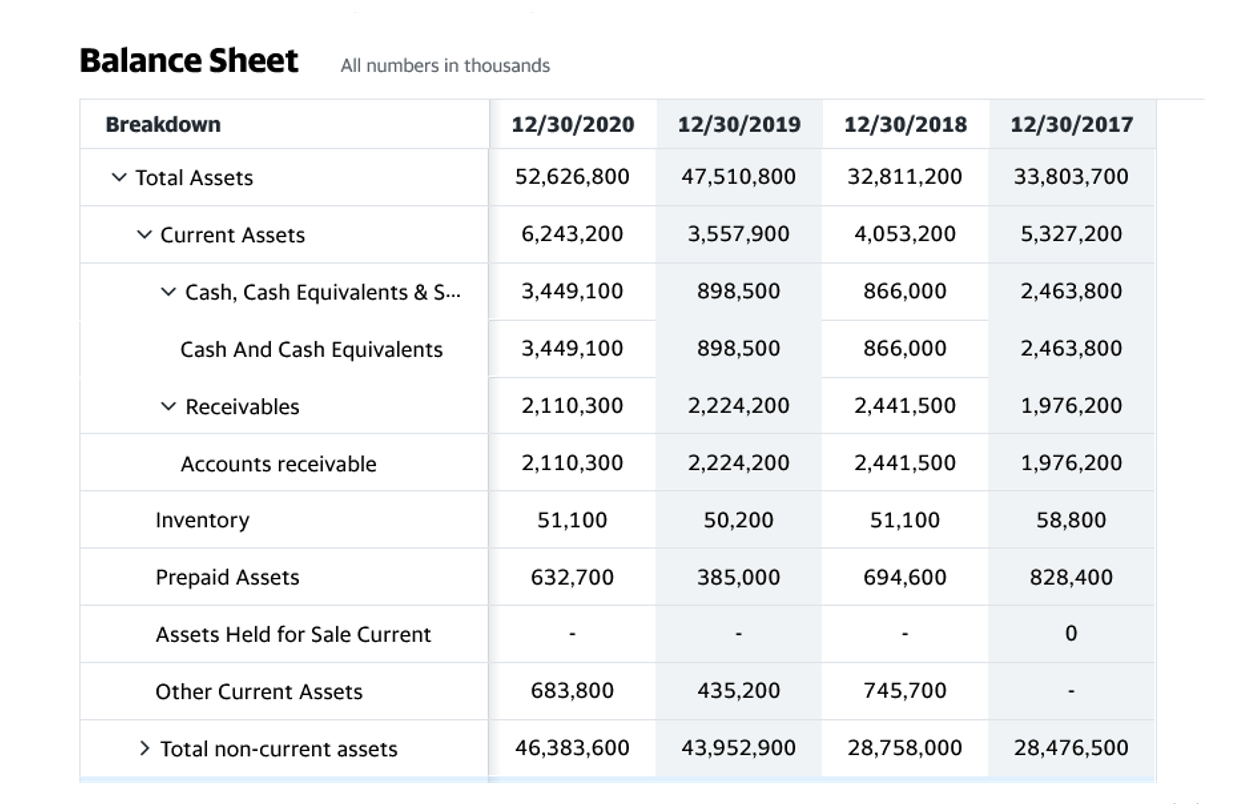
For instance, stricter environmental regulations could diminish the salvage value of older industrial equipment that fails to meet updated standards. Explore how salvage value influences financial planning, affecting depreciation, financial statements, and investment decisions. The salvage or the scrap value is estimated when the useful life of an asset is over and can’t be used for its original purpose. The salvage or the residual value is the book value of an asset after all the depreciation has been fully expired. Hence, a car with even a couple of miles driven on it tends to lose a significant percentage of its initial value the moment it becomes a “used” car.
How Is Residual Value Calculated?

The condition of the asset is an essential factor in determining its salvage value. An asset in good condition is likely to have a higher salvage value compared to one that is damaged or in poor condition. The better the condition, the more valuable the asset is likely to be in the salvage market.

Is Salvage Value the Same as Selling Price?
In both methods, the salvage value plays a critical role in determining the annual depreciation expense. Here, the depreciation rate is the percentage of the asset’s cost that is depreciated each year, and the useful life of the asset is measured in years. The complexity in net present value calculation due to taxes arises from the simple fact that capital budgeting decisions are based on cash flows while income tax is calculated on net income.

How To Determine an Asset’s Salvage Value
Salvage value and Food Truck Accounting depreciation are both accounting concepts that are related to the value of an asset over its useful life. Imagine a situation where a company acquires a fleet of company vehicles. The company pays $250,000 for eight commuter vans it will use to deliver goods across town.
- It’s the estimated value of something, like a machine or a vehicle, when it’s all worn out and ready to be sold.
- If you did this, include the total proceeds realized from the disposition in income on the tax return for the year of disposition.
- The company pays $250,000 for eight commuter vans it will use to deliver goods across town.
- The amount of detail required to support the use depends on the facts and circumstances.
- Calculate the tax on the gain or loss by multiplying it by the company’s tax rate.5.
Calculating Salvage Value
In some cases, this risk can be greater than that of traditional investments. Diversify your portfolio with private market investment offerings. He is a licensed CPA who worked at Google as a Senior Financial Analyst overseeing advertising incentive programs for the company’s largest advertising partners and agencies. Previously, he worked as a utility regulatory strategy analyst at Entergy Corporation for six years in New Orleans. As promised, here are the MACRS depreciation tables referenced in the MACRS Depreciation Table Guide provided above.
How Salvage Value Is Used in Depreciation Calculations

This $1,000 retained earnings may also be considered the salvage value, though scrap value is slightly more descriptive of how the company may dispose of the asset.
- In contrast, the declining balance method accelerates depreciation, offering larger expense deductions in the earlier years.
- This means it will result in a liability for a company to be rid of the asset at the end of its useful life.
- Salvage value is the estimated book value of an asset after depreciation is complete, based on what a company expects to receive in exchange for the asset at the end of its useful life.
- It is the value a company expects in return for selling or sharing the asset at the end of its life.
- After that, you anticipate being able to sell the building for $200,000.
Why is it important to calculate after-tax salvage value?
- You decided to recover the cost of the truck, which is 3-year recovery property, over 5 years.
- That company may have the best sense of data based on their prior use of trucks.
- Before 1981, you could use any reasonable method for every kind of depreciable property.
- It is a method of recognizing the decline in value and the wear and tear of an asset over time.
- A written record prepared at or near the time of the expenditure or use has greater value as proof of the expenditure or use.
The ACRS percentages for 18-year real property depend on when you placed the property salvage value in service in your trade or business or for the production of income during your tax year. Table 4 shows the percentages for 18-year real property you placed in service after June 22, 1984, and before May 9, 1985. Table 5 is for 18-year real property placed in service after March 15, 1984, and before June 23, 1984.

